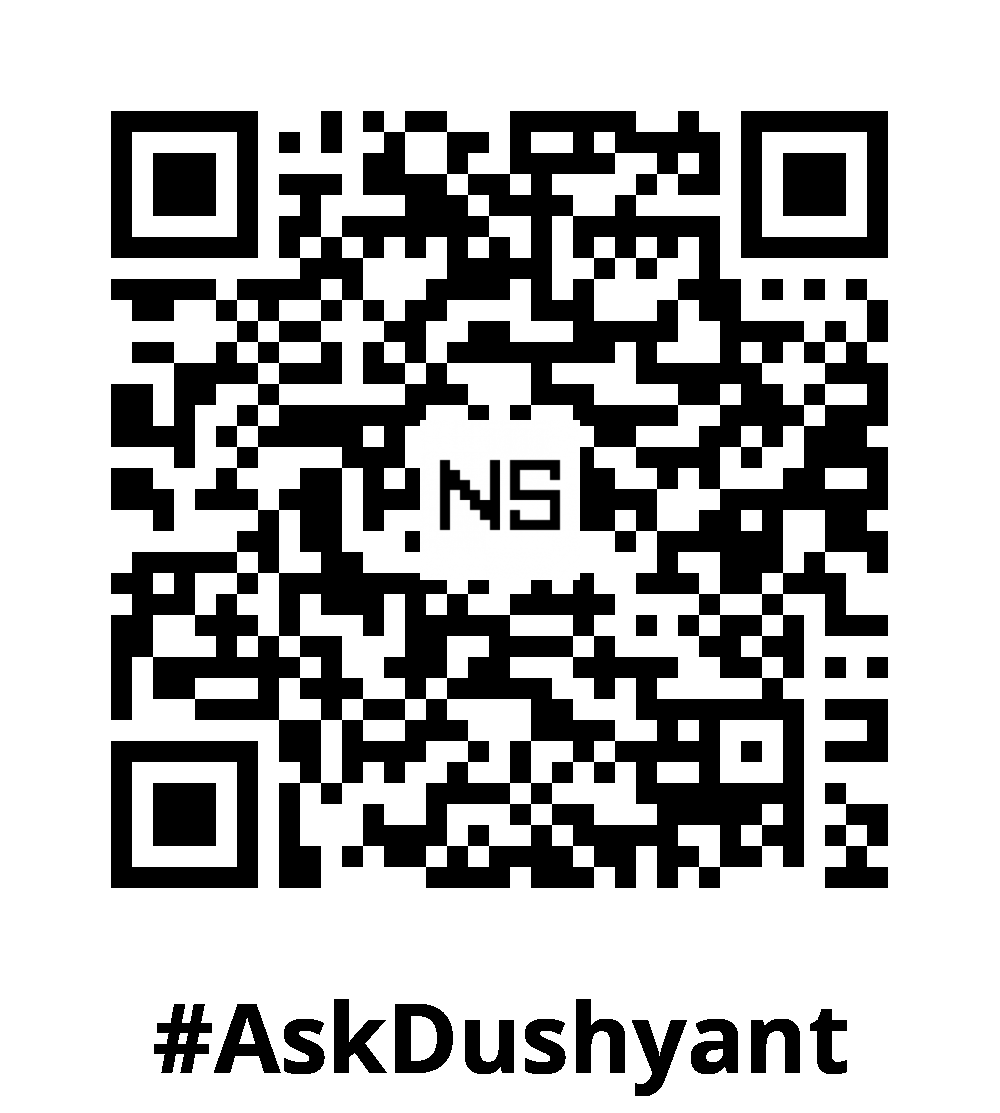Spring Boot has revolutionized the world of Java development by simplifying the creation of robust and scalable microservices. Ever changing Tech environment, Let’s identify what Spring Boot is, examine its best use cases, demonstrate its power with a sample code snippet, and how to deploy Spring Boot applications on the AWS cloud platform. By the end of this article, you’ll be equipped with the knowledge to steer into the world of microservices using one of the best frameworks available – Spring Boot and explore further over internet.
What is Spring Boot?
Spring Boot is a Java-based microservice framework that aims to streamline the development process by providing a powerful set of conventions, defaults, and auto-configurations. It builds on top of the popular Spring Framework, enhancing productivity and reducing boilerplate code. Spring Boot encourages convention over configuration, allowing developers to focus on business logic rather than infrastructure concerns. It also provides seamless integration with other Spring projects like Spring Data, Spring Security, and Spring Cloud, enabling the development of feature-rich microservices.
Best Use Cases for Spring Boot
Spring Boot’s versatility makes it suitable for a wide range of microservice use cases. Some of the best scenarios for leveraging Spring Boot include:
- RESTful APIs: Spring Boot simplifies the creation of RESTful APIs, handling request mappings, serialization, and deserialization effortlessly.
- Backend Services: Microservices responsible for handling data persistence, business logic, and integration with external systems can be efficiently developed using Spring Boot.
- Event-Driven Architecture: Spring Boot integrates seamlessly with messaging frameworks like Apache Kafka and RabbitMQ, facilitating the development of event-driven microservices.
- Cloud-Native Applications: Spring Boot is cloud-ready and works well in containerized environments, making it ideal for developing cloud-native applications that can scale horizontally.
Sample Code
To illustrate the simplicity of Spring Boot, consider the following code snippet for creating a basic RESTful API endpoint:
@RestController
public class AskController {
@GetMapping("/askdushyant")
public String dushyant() {
return "#AskDushyant, Spring Boot is Awesome!";
}
}In this simplest form of Spring Boot example, we define a AskController class with a dushyant() method, which maps to the /askdushyant endpoint and returns a “#DushyantSay’s, Spring Boot is Awesome!” message. Spring Boot’s annotations and auto-configuration take care of handling the request and serialization, allowing developers to focus on the business logic.
Deployment on AWS Cloud Platform
Deploying a Spring Boot application on AWS can be achieved by utilising various services provided by the platform. One approach is to containerize the application using Docker and leverage AWS Elastic Container Service (ECS) or Elastic Kubernetes Service (EKS) for orchestration. Alternatively, you can use AWS Lambda, which supports running Spring Boot applications as serverless functions. AWS Elastic Beanstalk provides a platform-as-a-service (PaaS) option for deploying Spring Boot applications without managing the underlying infrastructure.
My Tech Advice: Spring Boot has emerged as one of the best microservice frameworks, enabling developers to build scalable and resilient applications with ease. By utilizing Spring Boot’s conventions, defaults, and auto-configurations, developers can focus on delivering business value rather than spending time on repetitive tasks. The provided code snippet showcases the simplicity and productivity Spring Boot offers. Furthermore, by deploying Spring Boot applications on the AWS cloud platform, businesses can take advantage of its scalability and managed services, unlocking the full potential of their microservices.
#AskDushyant
#TechAdvice #CodeSnippet #TechTool #SpringBoot #Microservices


Leave a Reply